The Study of the Week Is a Beautiful Example of Science Done Well
Sensible Medicine
FEBRUARY 12, 2024
Academic medicine sometimes gets it right. Neurologist Hooman Kamel from the Weil Cornell Medical Center in NY had an idea about atrial fibrillation and stroke. Stroke came when these clots moved northward to the brain. Kamel’s new idea about AF and stroke was that the main problem was primary atrial disease.








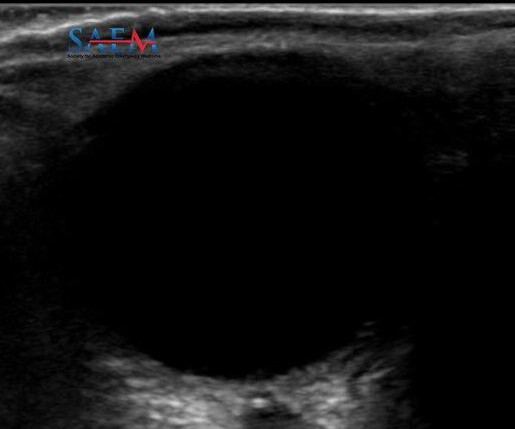
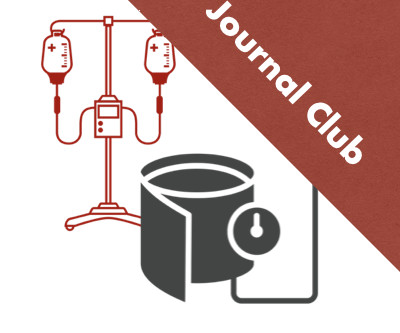
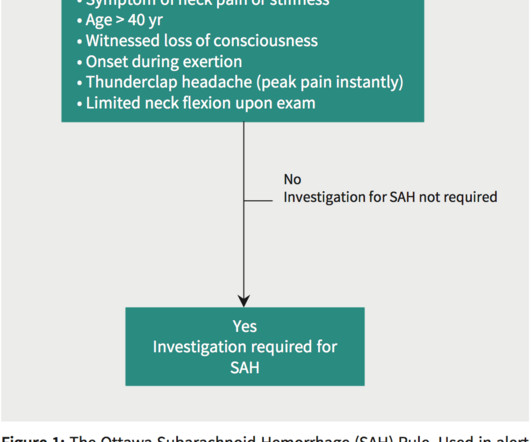




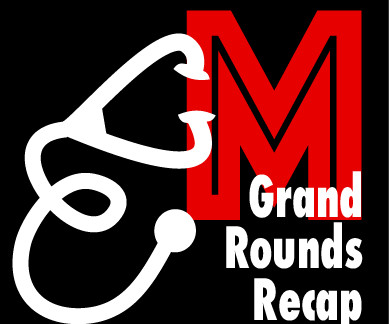





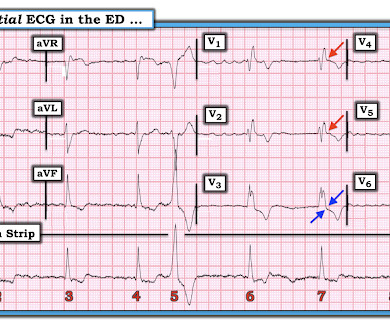
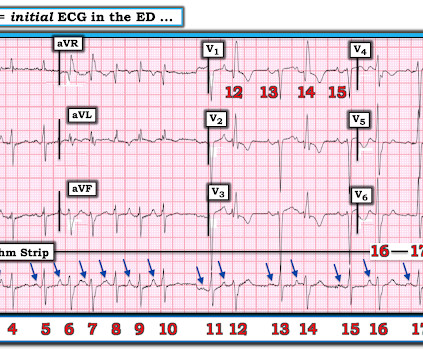





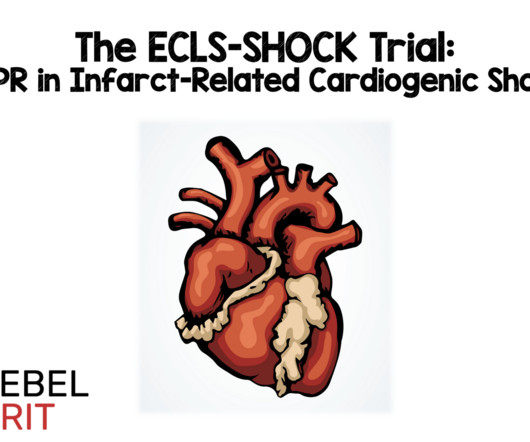



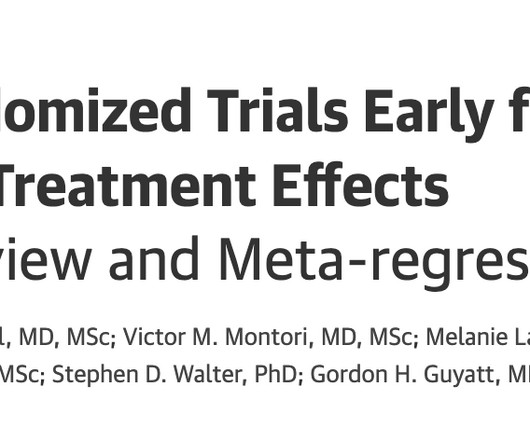











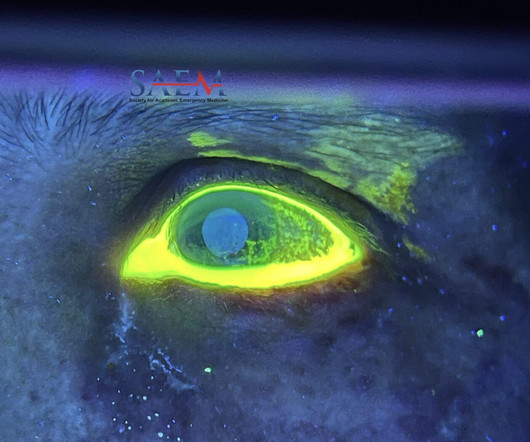






Let's personalize your content